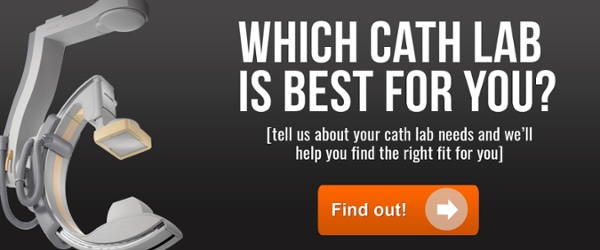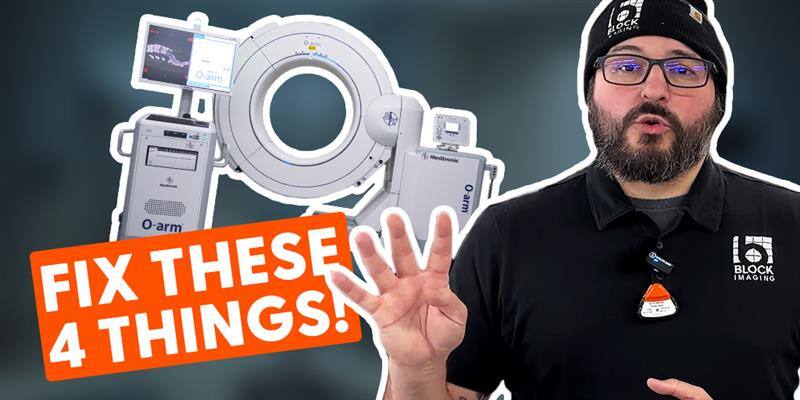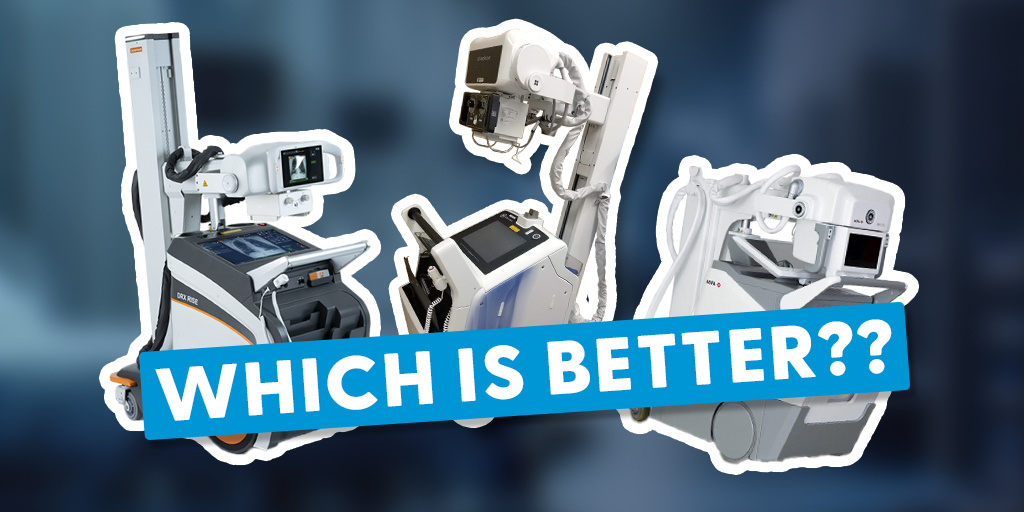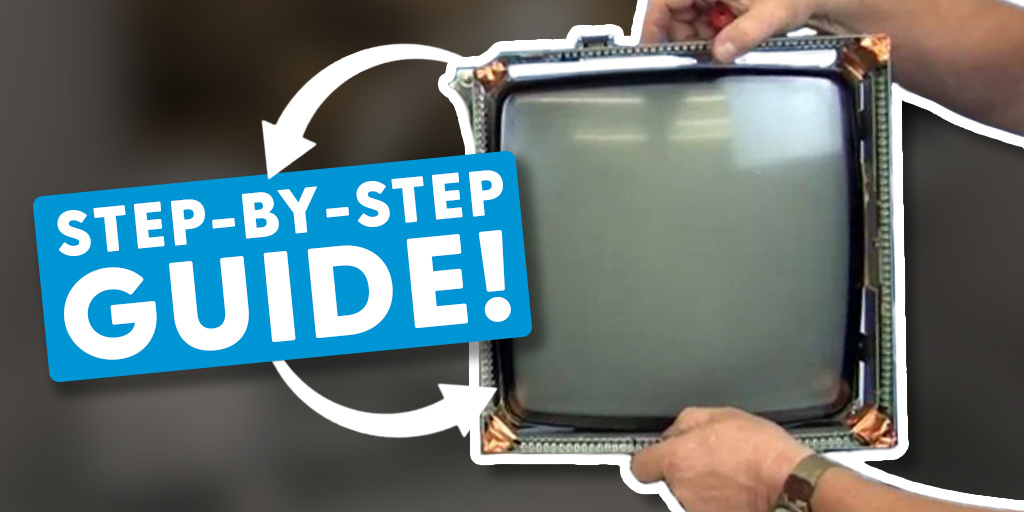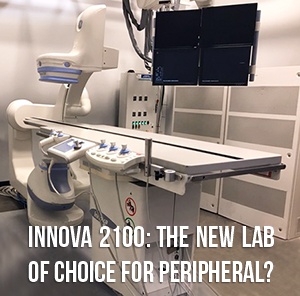
For years, the conventional wisdom in the interventional radiology space was that it was most advantageous for peripheral studies to be conducted on cath labs with larger detectors. Even here, on the Block Imaging blog page, we've discussed matching detector sizes with applications and recommended using 40 cm detectors like those on the Innova 4100 for peripheral. More and more, however, we're hearing from some users that they prefer using the 20 cm detectors on their Innova 2100s for this work.
In response to this trend, we'd like to share with you why some cath lab users are using their small detector systems, like the Innova 2100, for peripheral studies.
Why Some Users Choose the 2100 for Peripheral Studies
There are no hard-and-fast rules regarding which cath lab type can be used for a given study, but usage has traditionally fallen along the following lines:
The GE Innova 2100 has been most often used for cardiac work. The smaller detector, while offering a smaller field of vision, is prized for its high image quality under very strong magnification levels. Given the relatively narrow area of interest in cardiac cases, this seems like an obvious fit.
Peripheral work, on the other hand, is concerned with a much larger area of patient anatomy. A smaller detector is limited in its ability to scan an abdomen or both of a patient's legs in a single pass. Because of this, it has often been recommended that practitioners use larger detectors, like those found on the Innova 3100 or 4100, to take advantage of their larger field of view and eliminate the need for re-positioning.
The Cost of Specialization
In a perfect world, every facility would have the exceedingly large amount of funds necessary to build out several labs, each dedicated to its own specialty, each housing the "ideal" cath lab system for that specialty. In this world, however, budgetary constraints, and the need to sometimes make do, are the reality. This can mean embracing a system's limitations as well as stretching the applications of its areas of strength.
Image Quality Is Always a Plus
Because the smaller detector is capable of higher magnification modes, some users have told our team that they are getting better image quality for peripheral work when they use their 2100. While the reduction in field of view versus a larger detector is substantial, higher image quality is a trade-off that shouldn't be ignored.
Peripheral Options for the Innova 2100
While more facilities are finding ways to make the Innova 2100, and systems like it, work for their peripheral needs, not every 2100 is optimized for the job from an options standpoint. The following are two options that give the 2100 the flexibility it needs to be a strong choice for peripheral studies:
DSA
DSA (digital subtraction angiography) is used in vascular studies to show blood vessels more clearly by "subtracting" obstructing bones or soft tissue from images of the area of interest. Because the 2100 is predominantly used for cardiac work, DSA is not a standard option on the model. It has, however, been enabled on a number of systems in circulation.
Omega V Table
A longer table is better suited for use in angio runs, as it reduces the need for re-positioning. Of the two tables found on Innova systems (Omega IV and Omega V) the Omega V is longer, and preferred for peripheral vascular studies. If you're going to use an Omega V, be aware that the "Motorized Table" option needs to be enabled on the system as well.
The Takeaway
When it comes time to make a purchasing decision, a 20cm cath lab like the Innova 2100 may or may not be the best fit for your facility, but if you plan to do a mixture of cardiac and peripheral work- perhaps with a stronger leaning in the cardiac direction- it's certainly worth keeping on the table for consideration. Other users are keeping an open mind to the ways these systems are used and finding helpful trade-offs in the midst of going against the grain. If, on the other hand, peripheral will be your bread and butter, a larger detector system would probably still be a better fit.
If you'd like to learn more about the Innova product line or other cath lab products, our team is ready to help. Use the button below to tell us what you're looking for and get the conversation started.

Kenn Dextrom
Kenn Dextrom is the Director of Product Manager at Block Imaging. He aims to provide clear direction and careful planning for Interventional Cath Lab buyers and working with the Block Imaging product team to provide excellent solutions for our customers. Out of the office, he spends most of his time keeping up with his wife and their three energetic sons.



